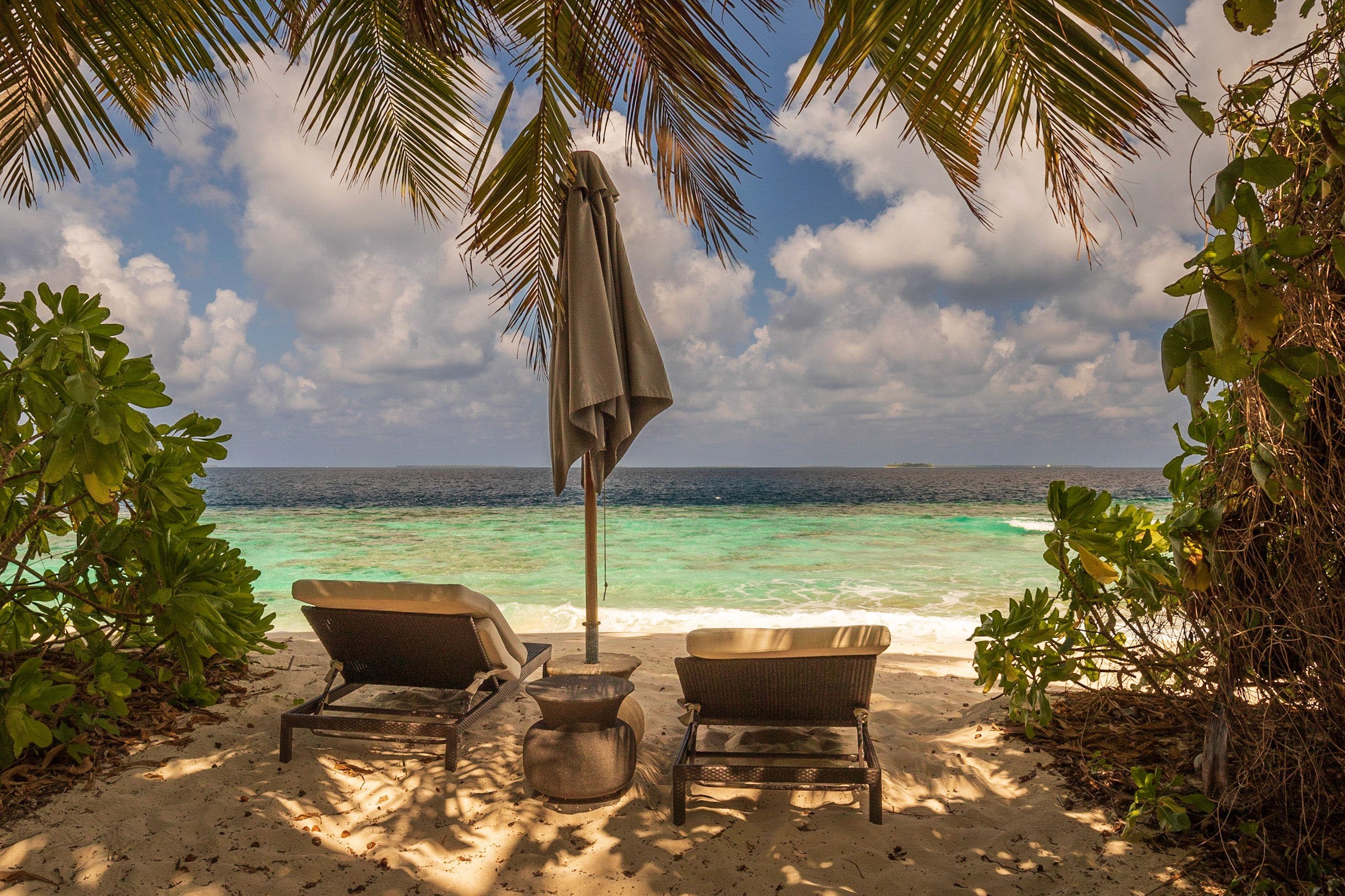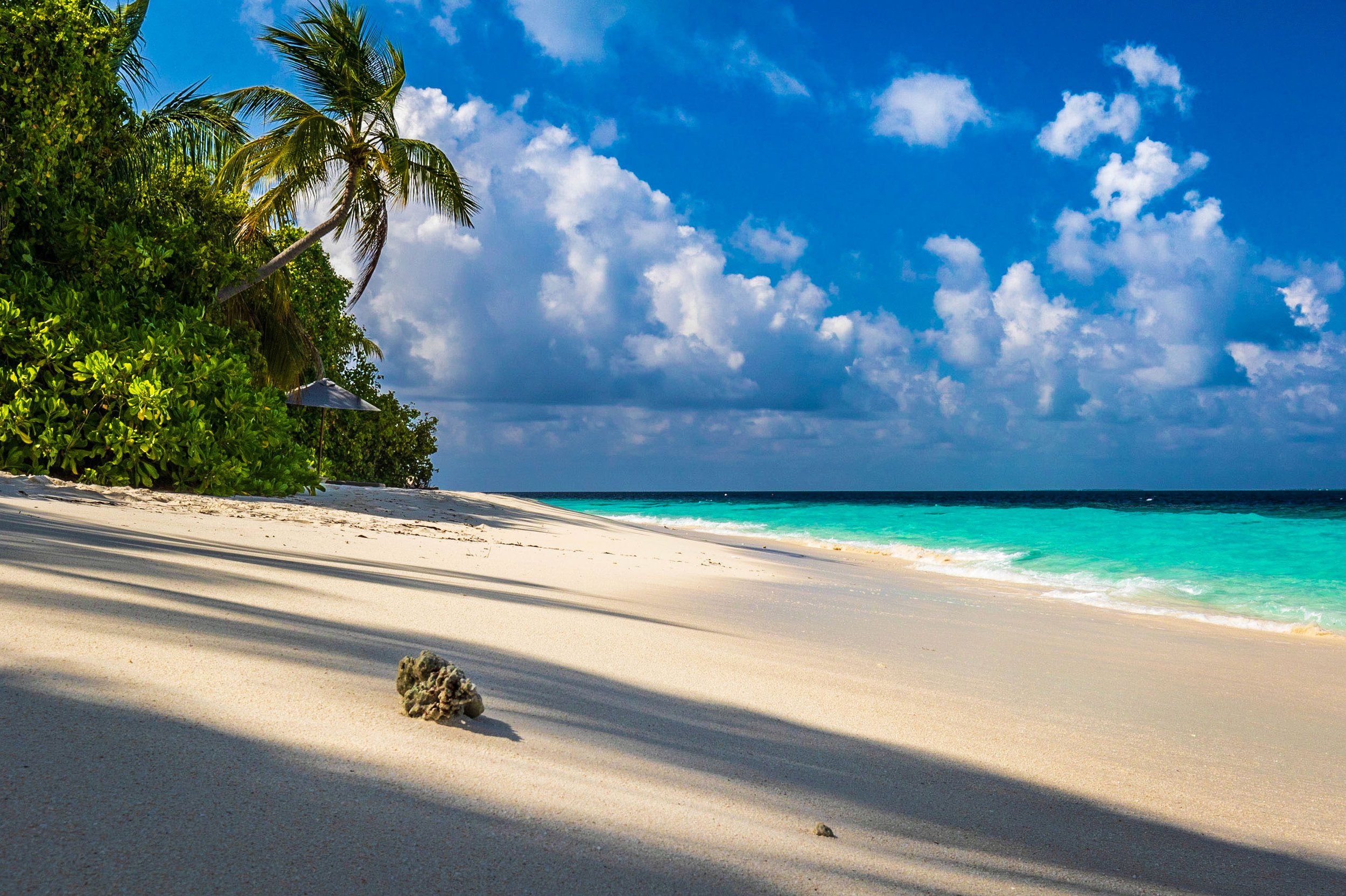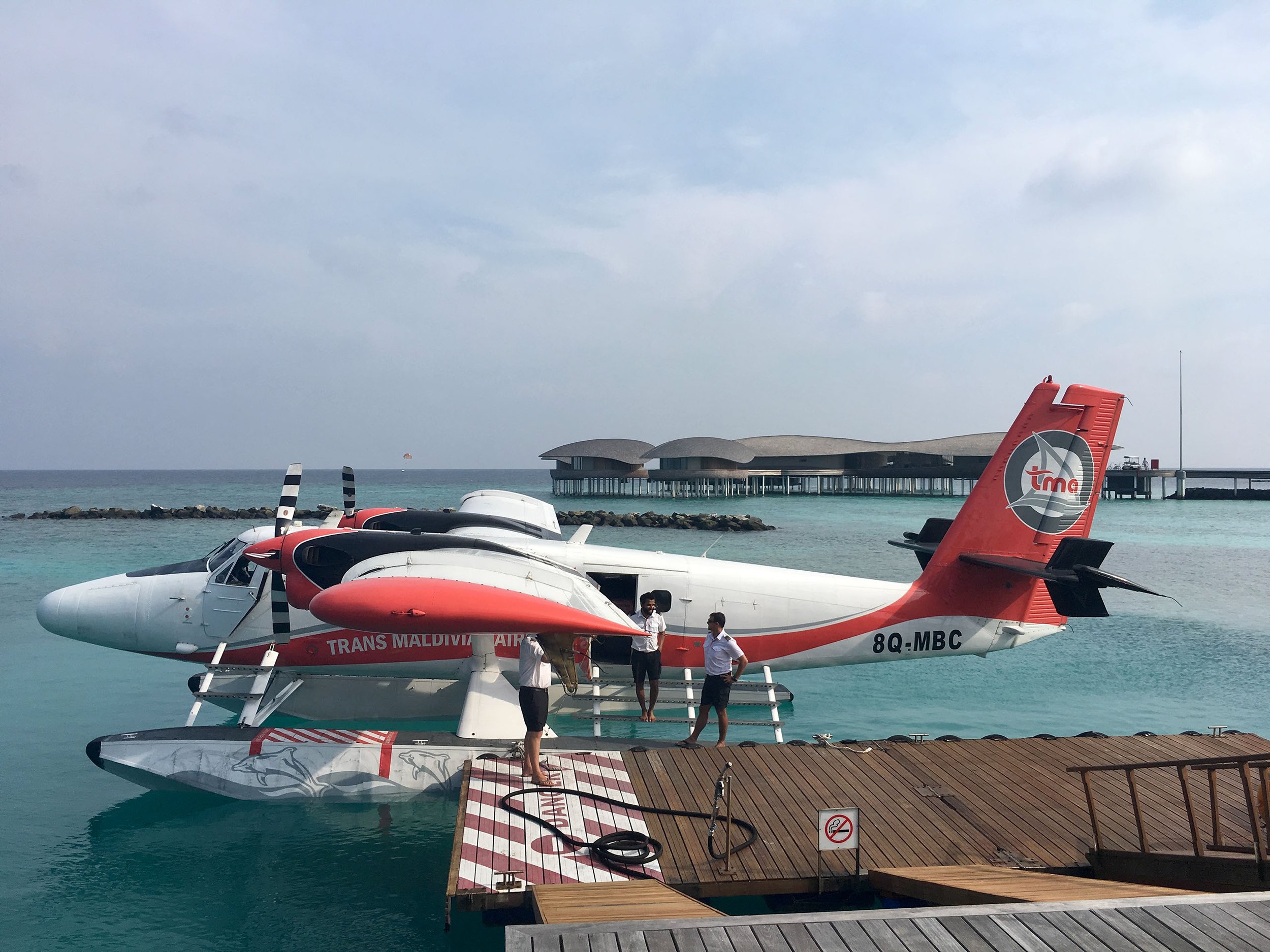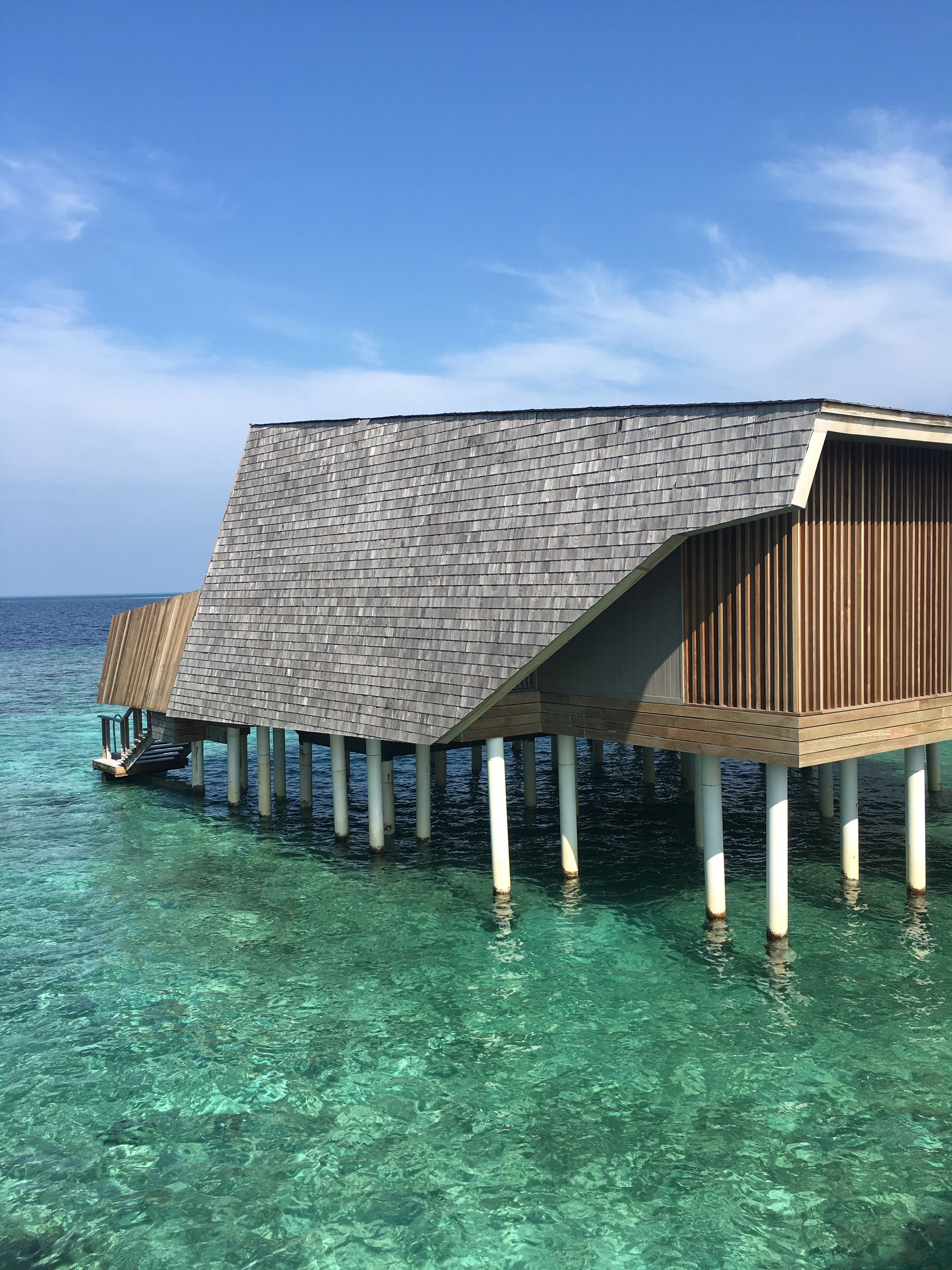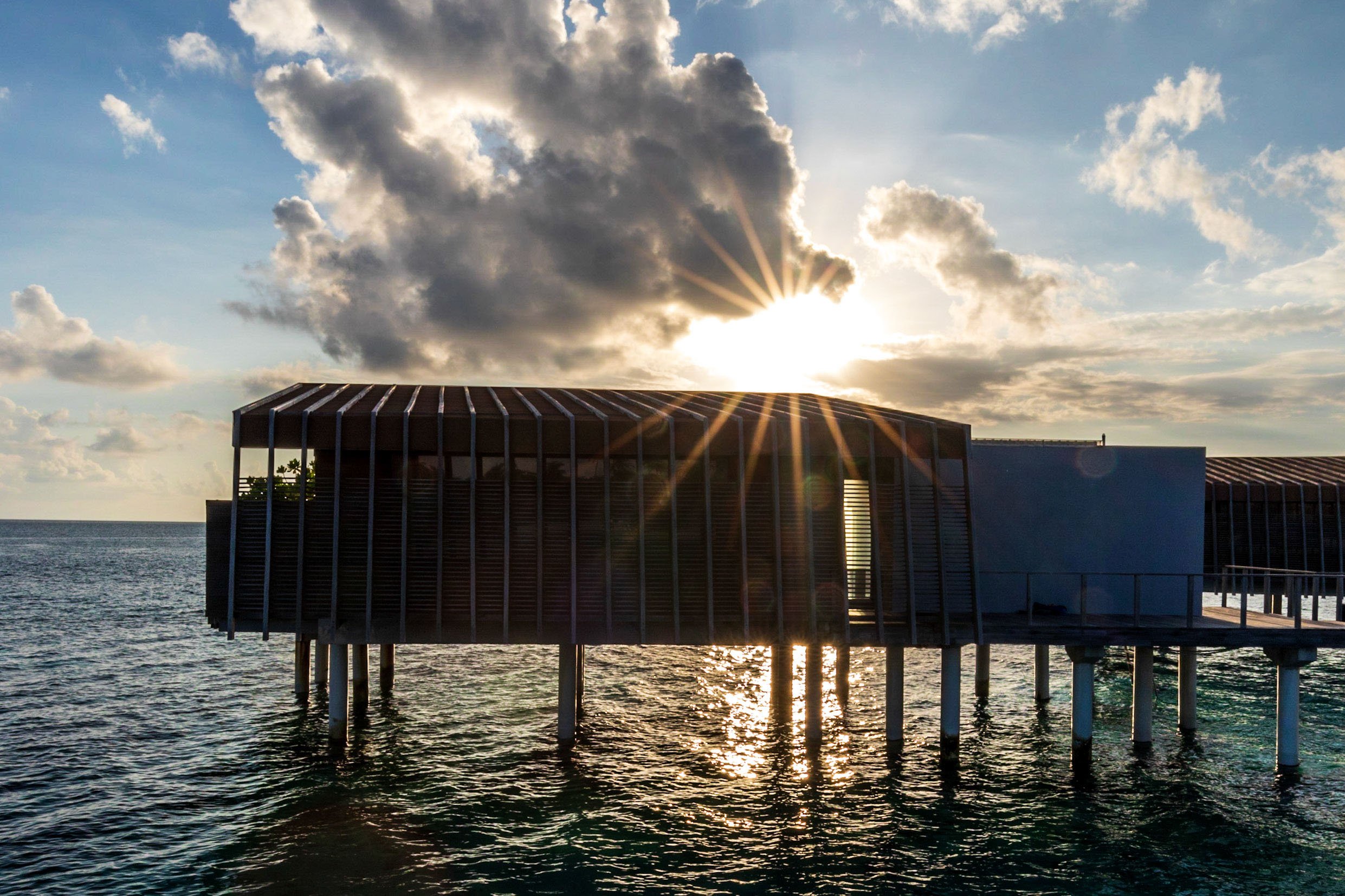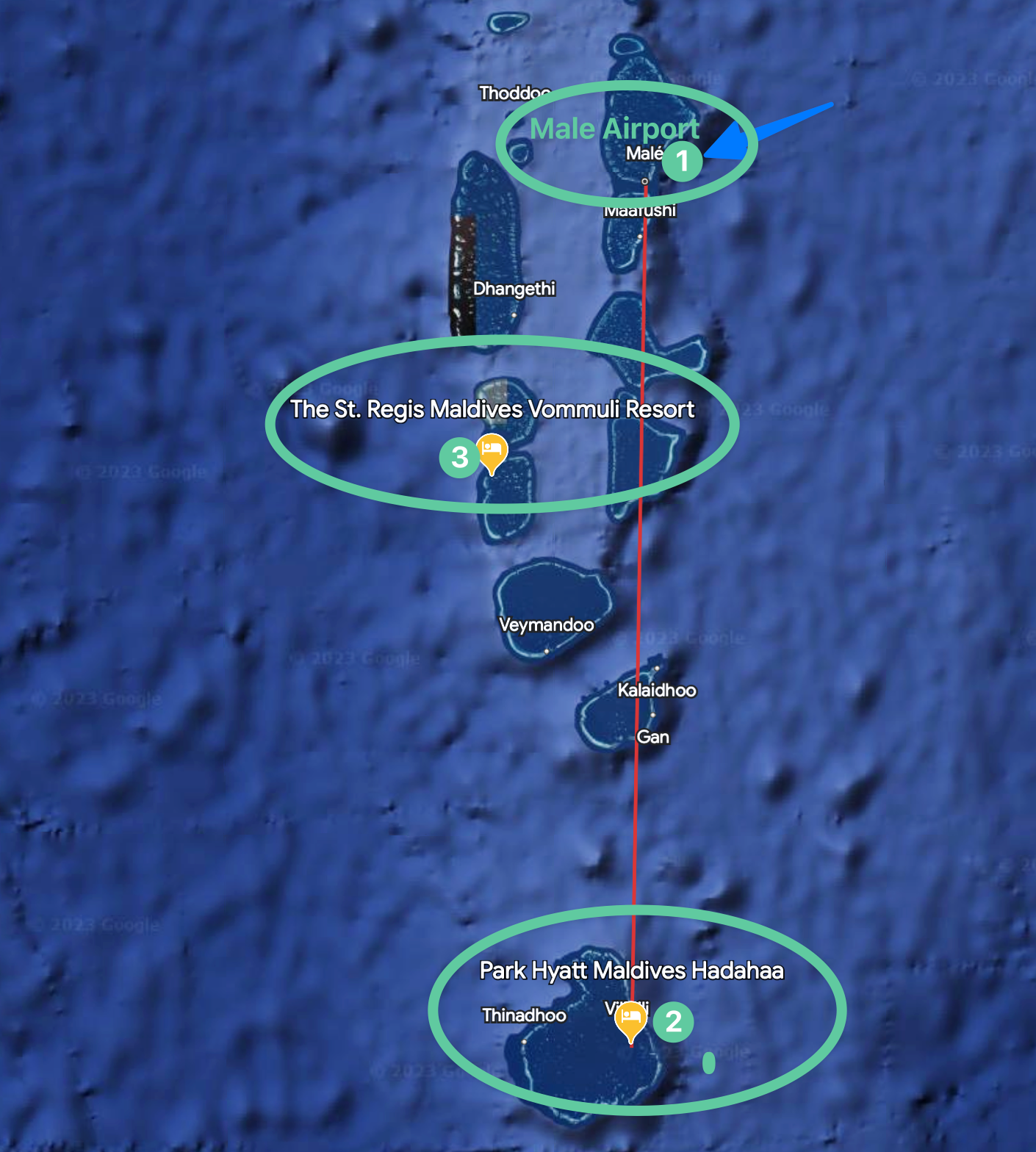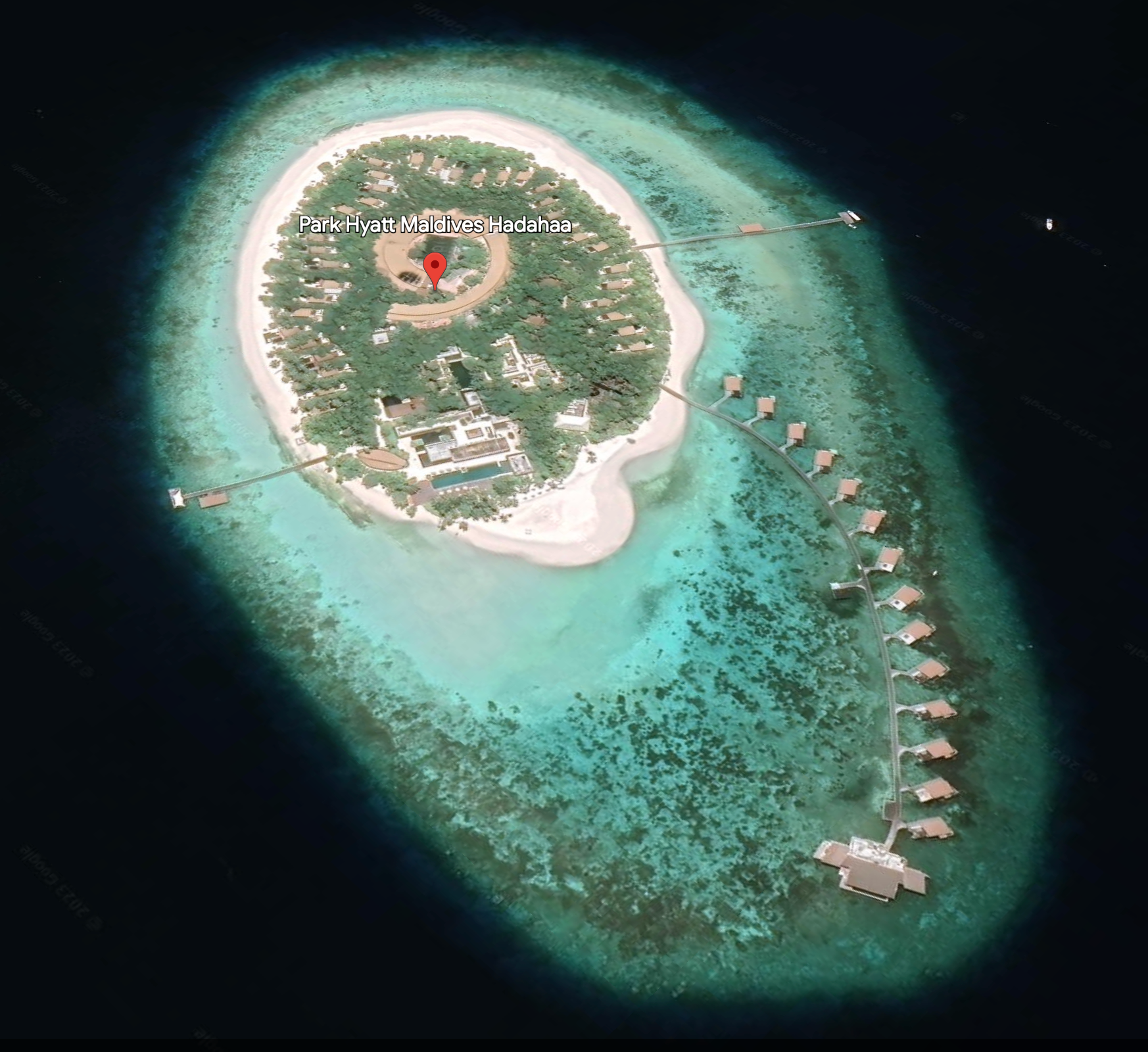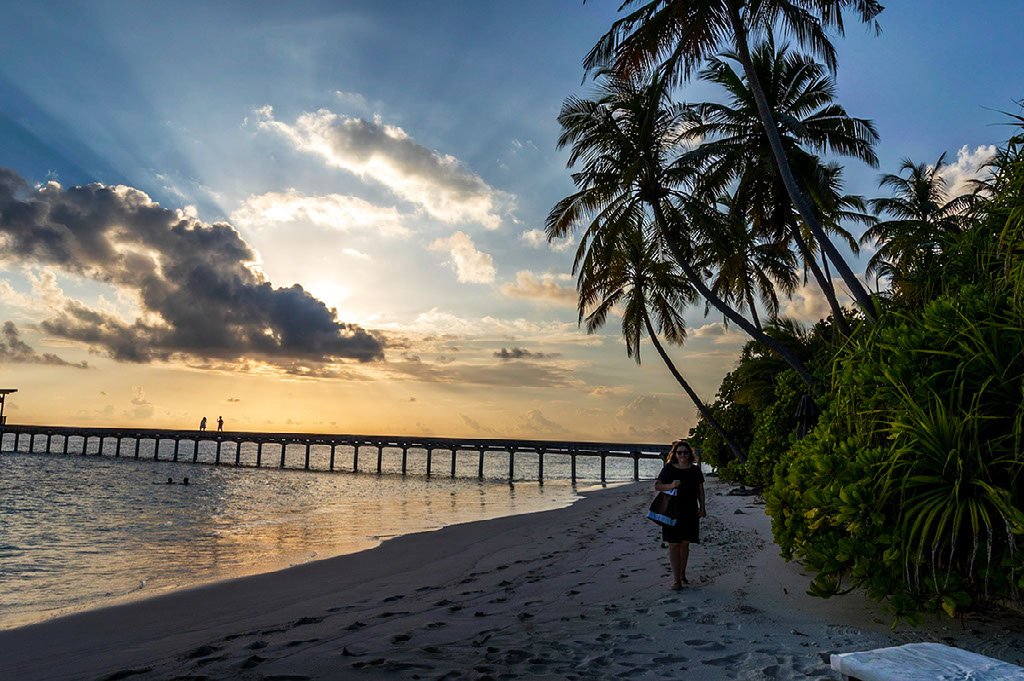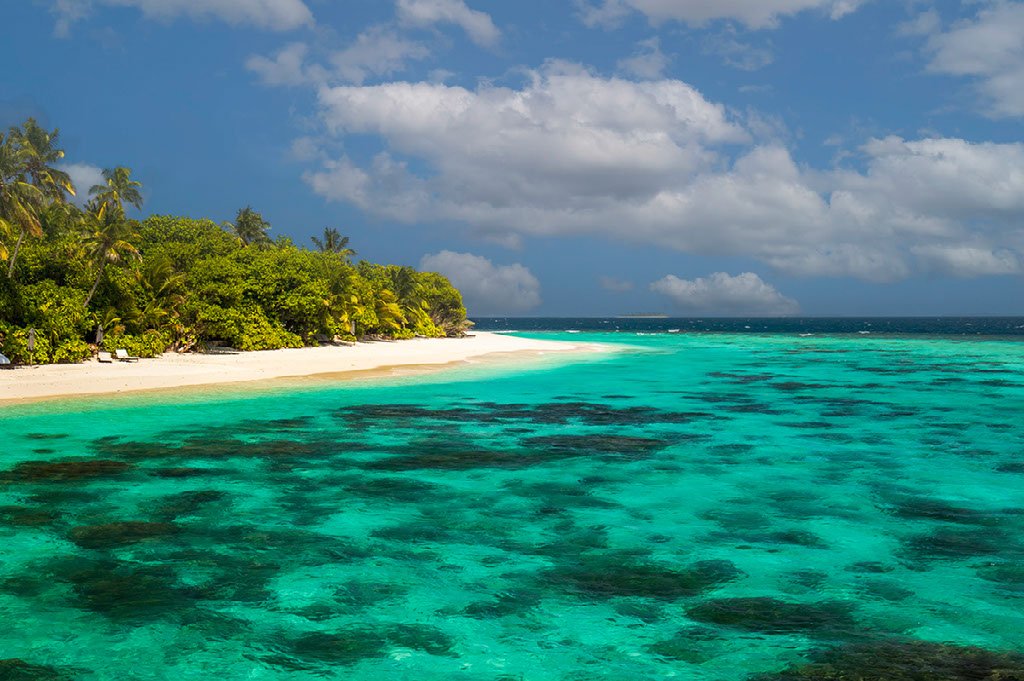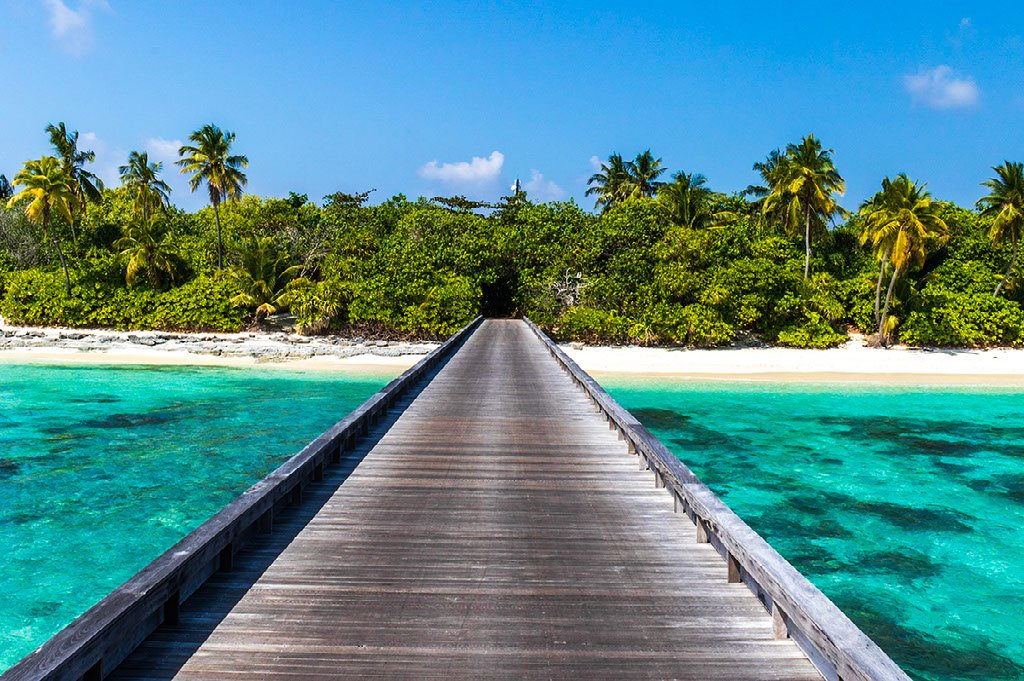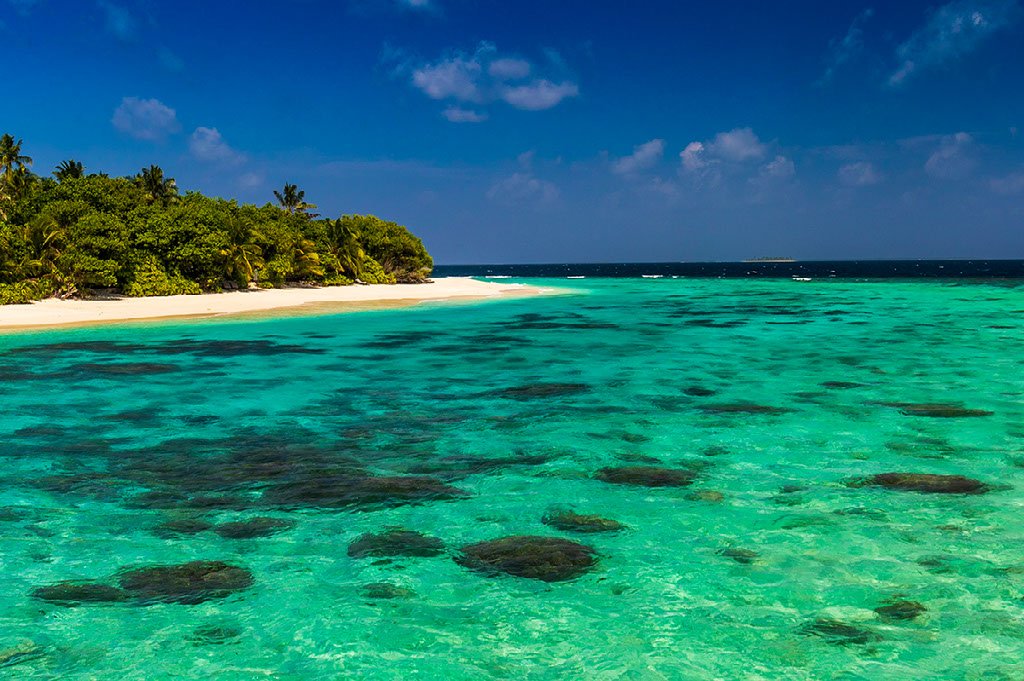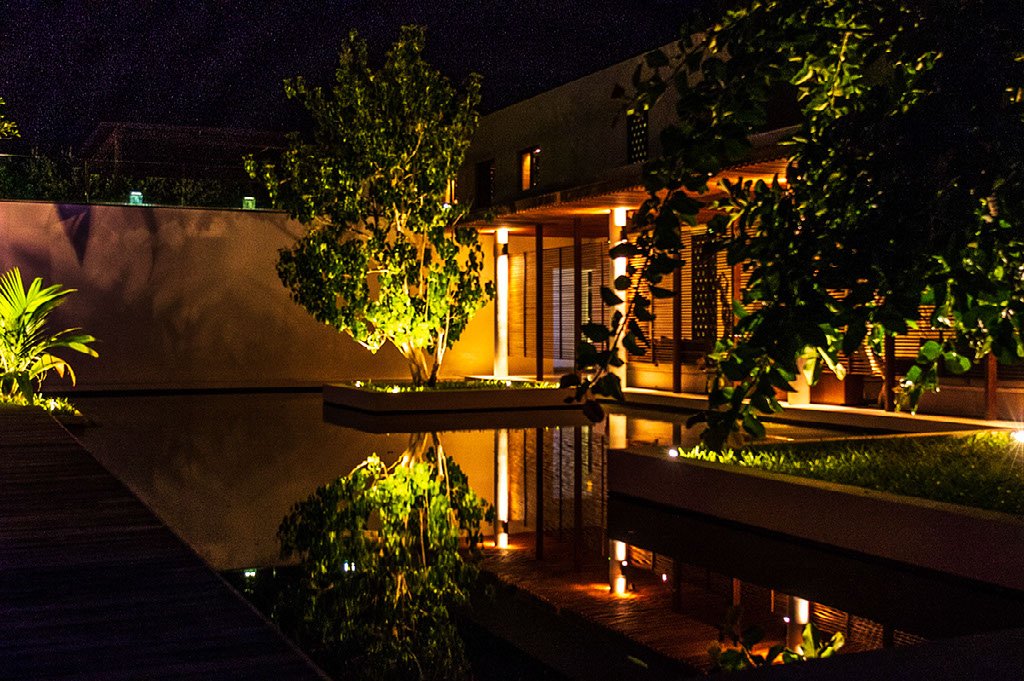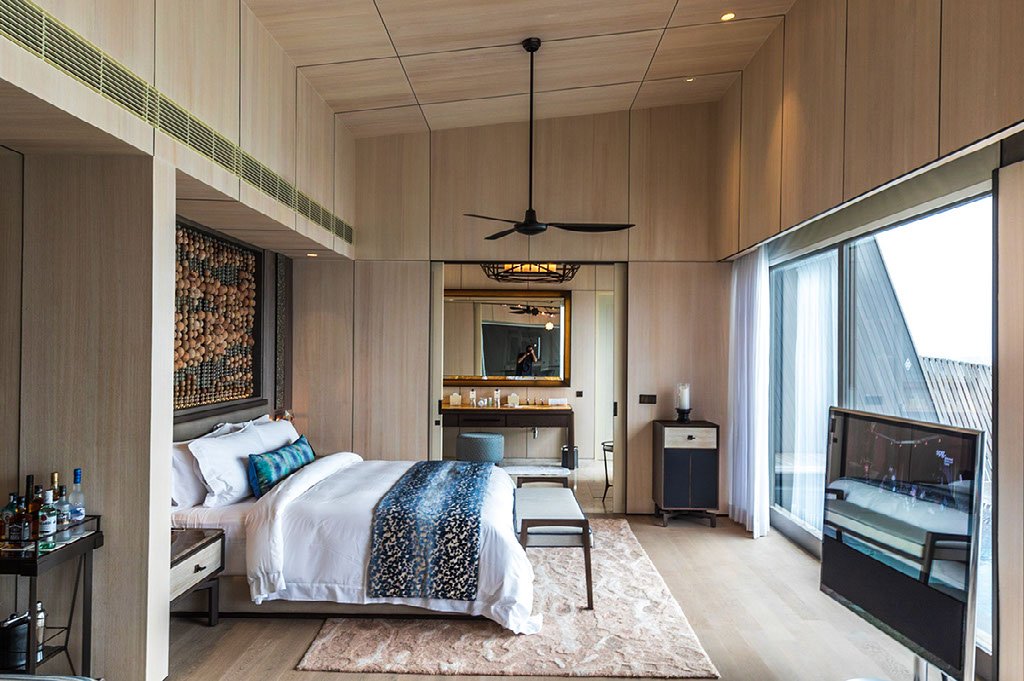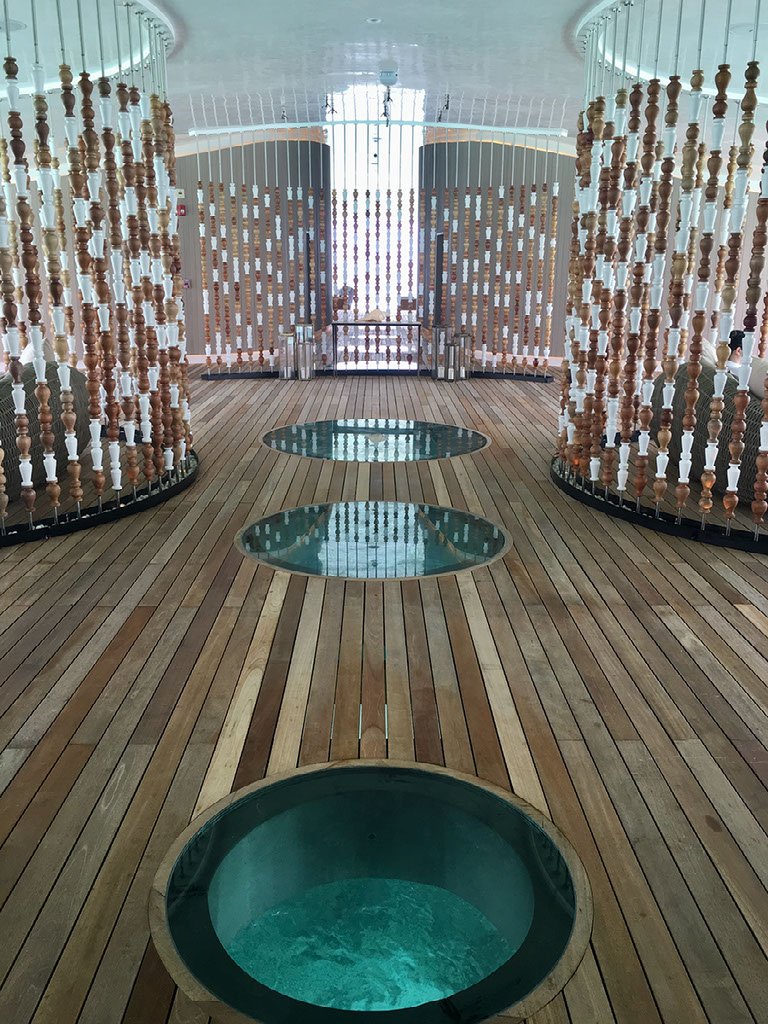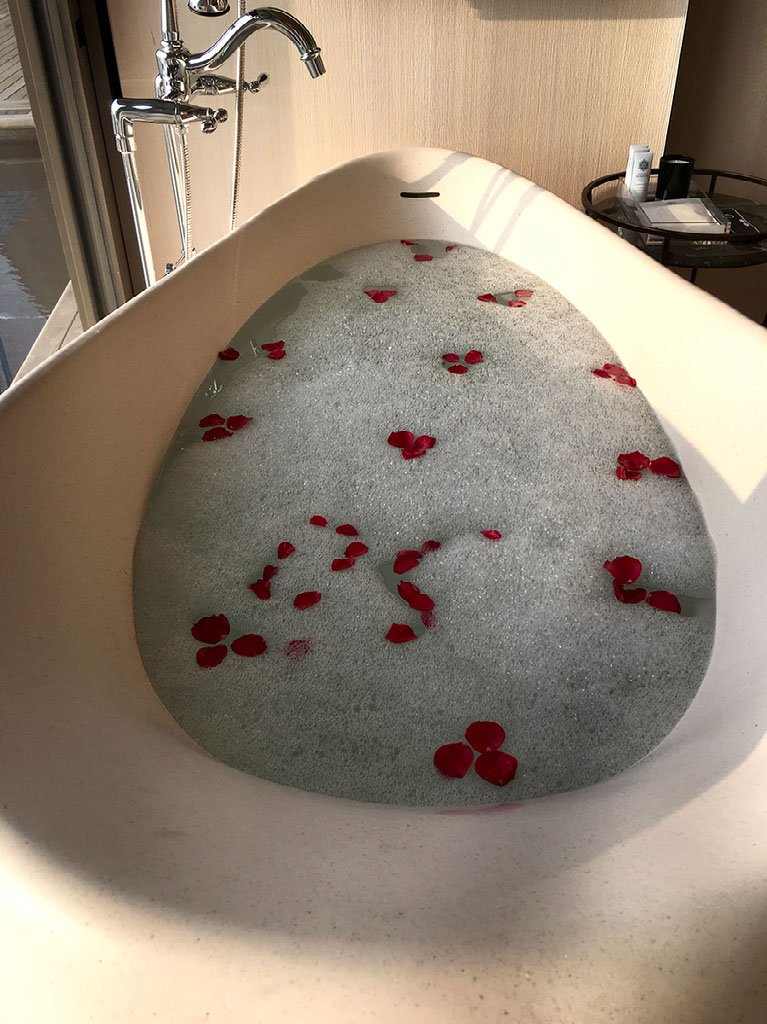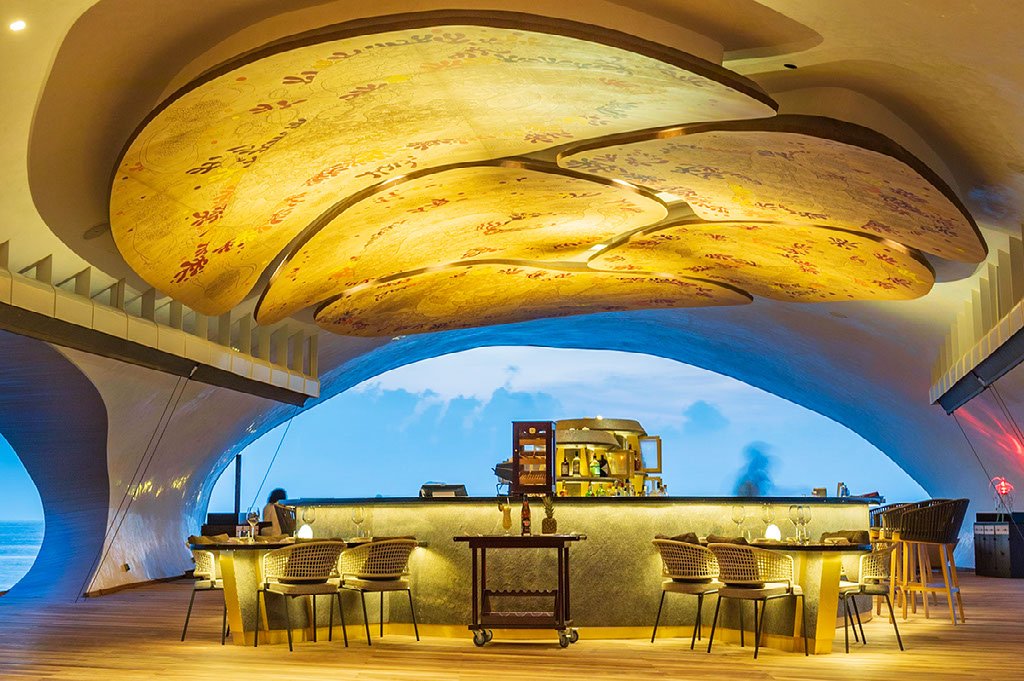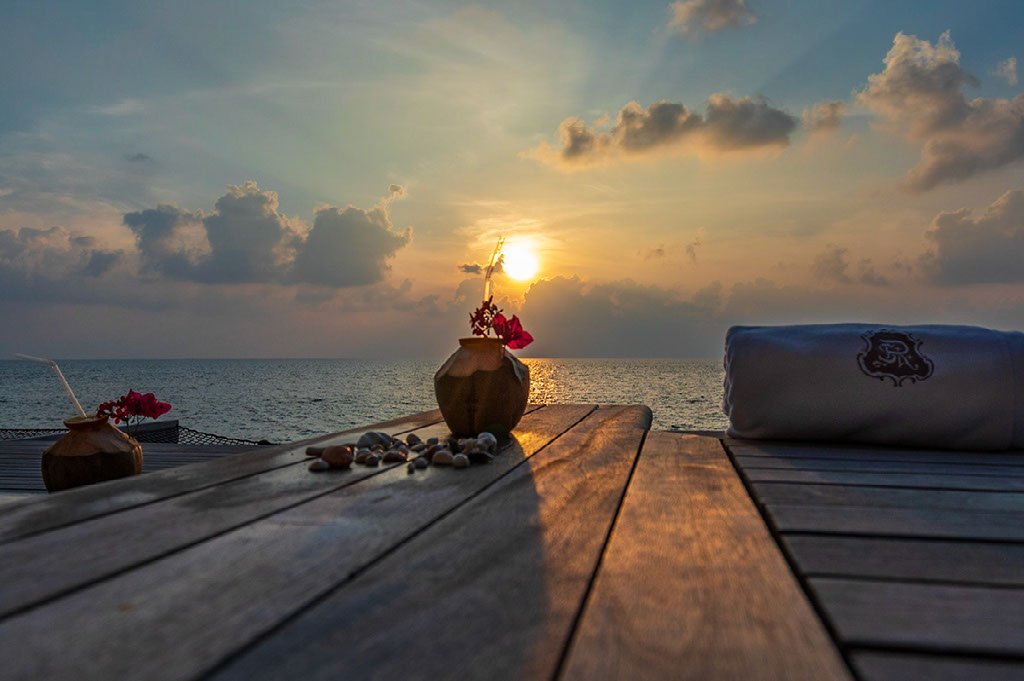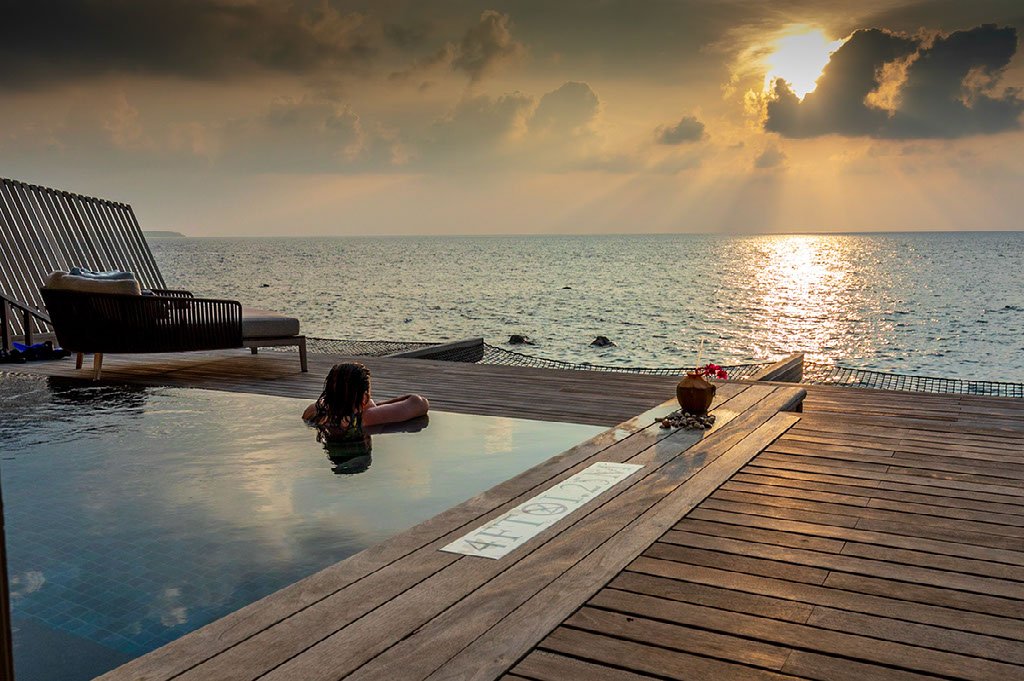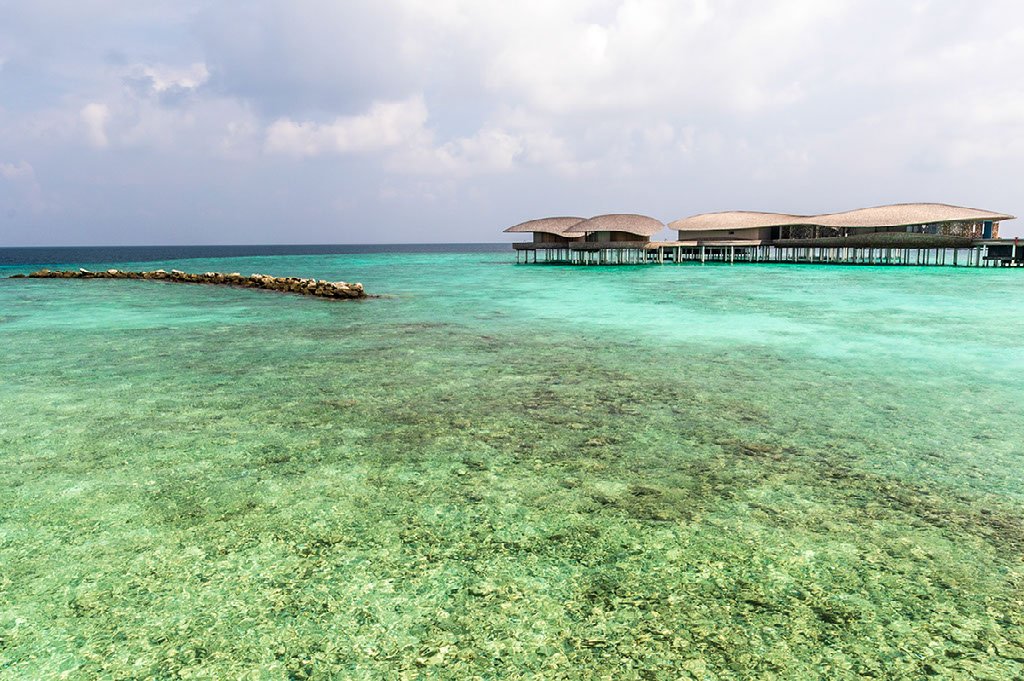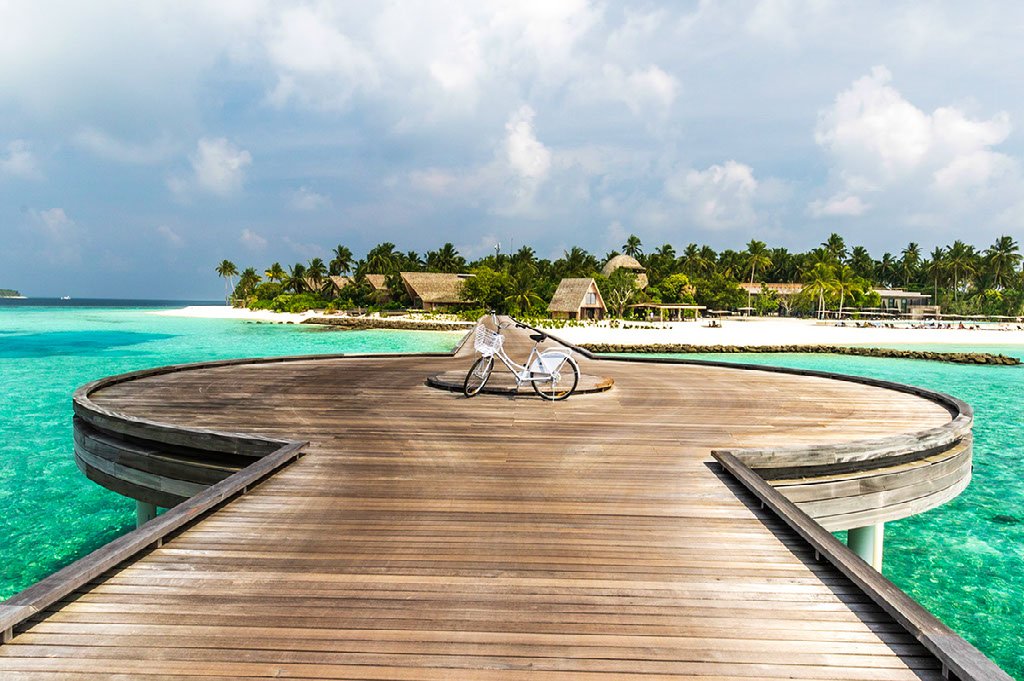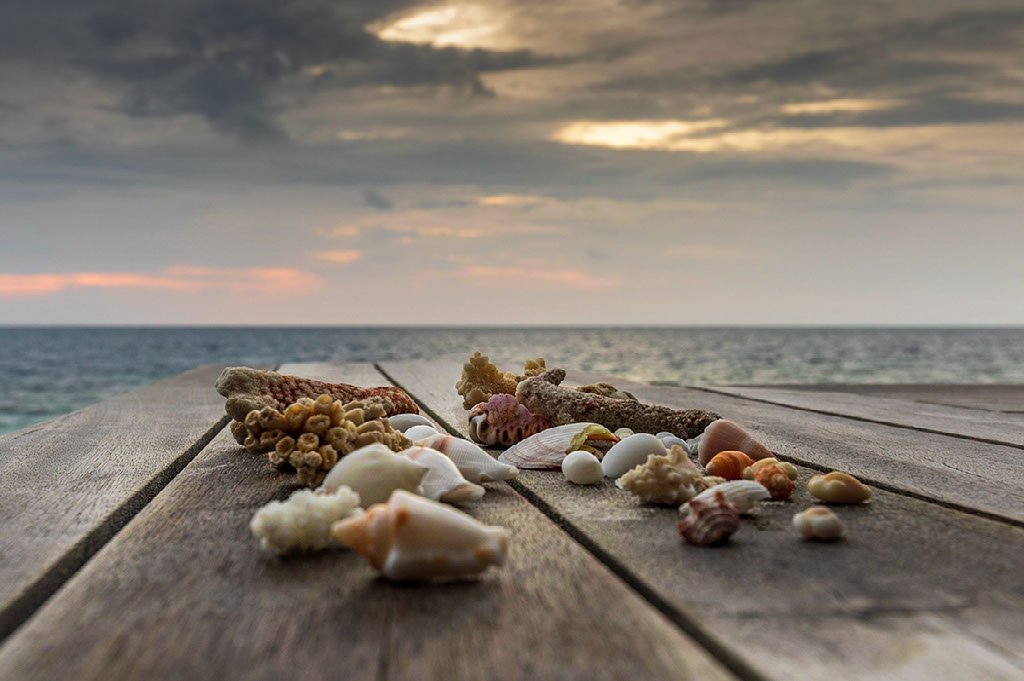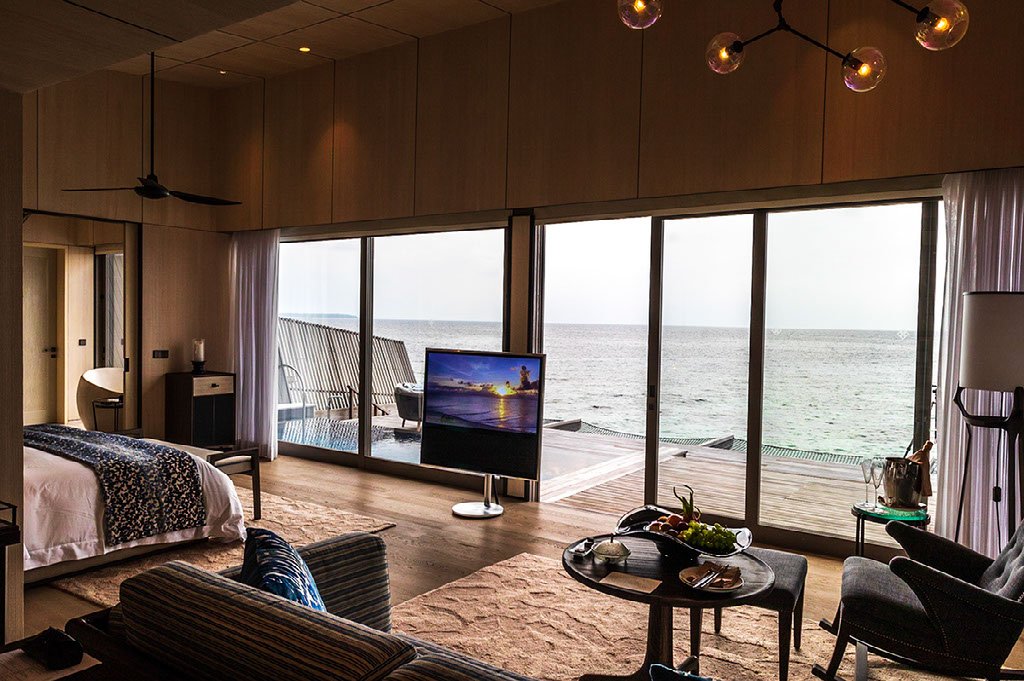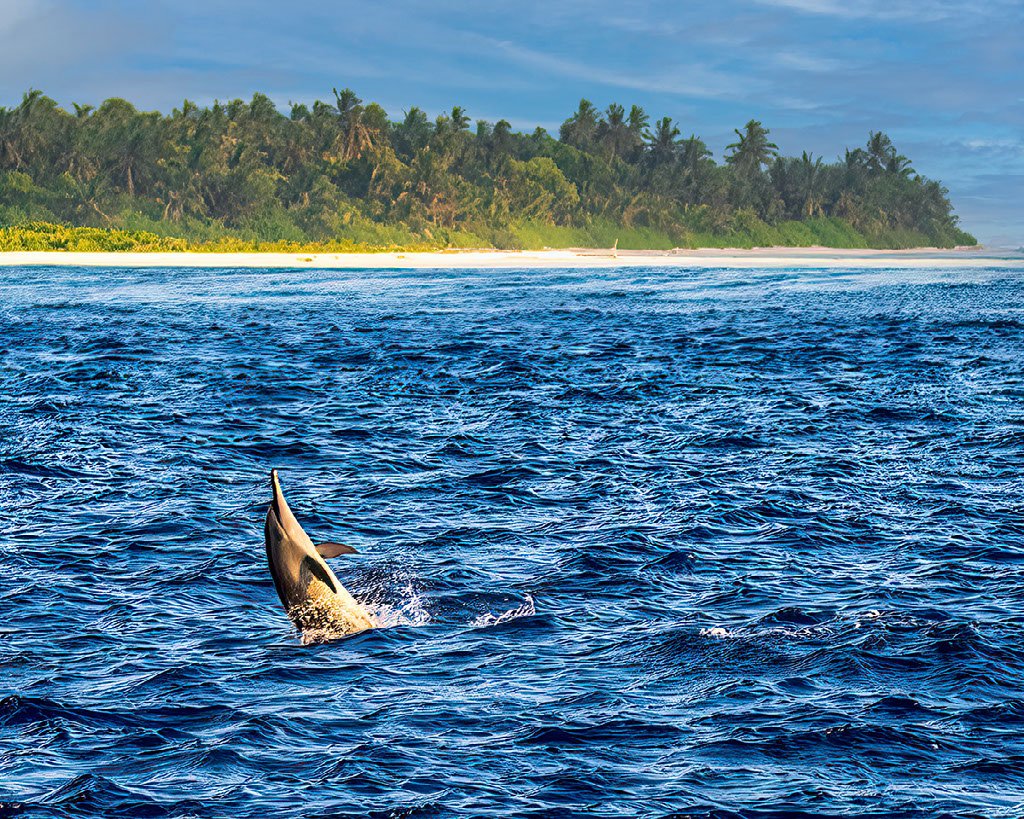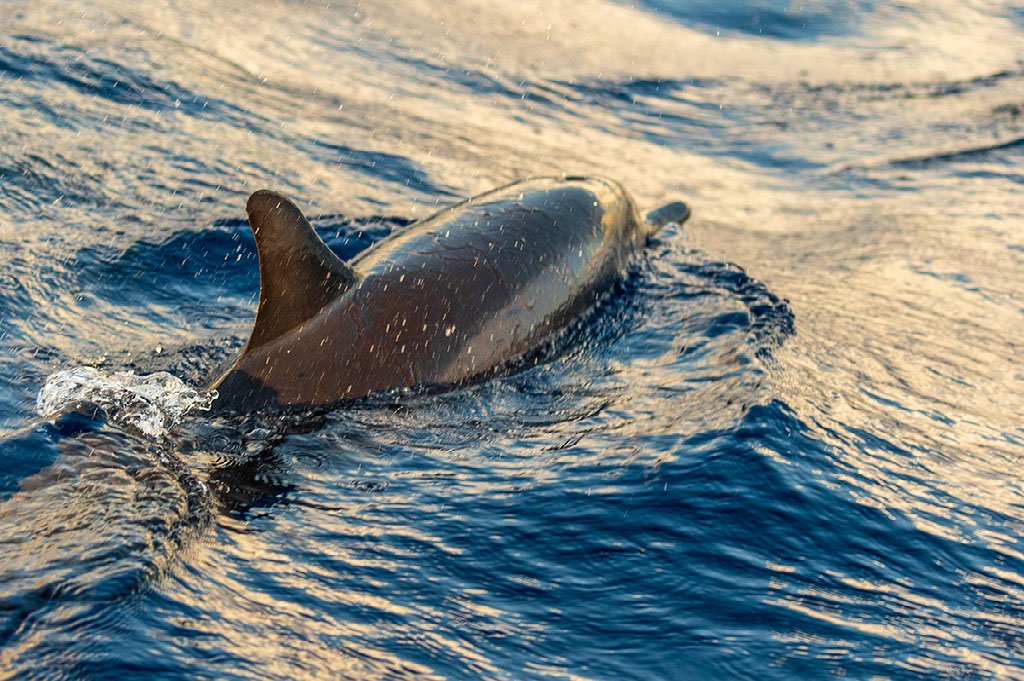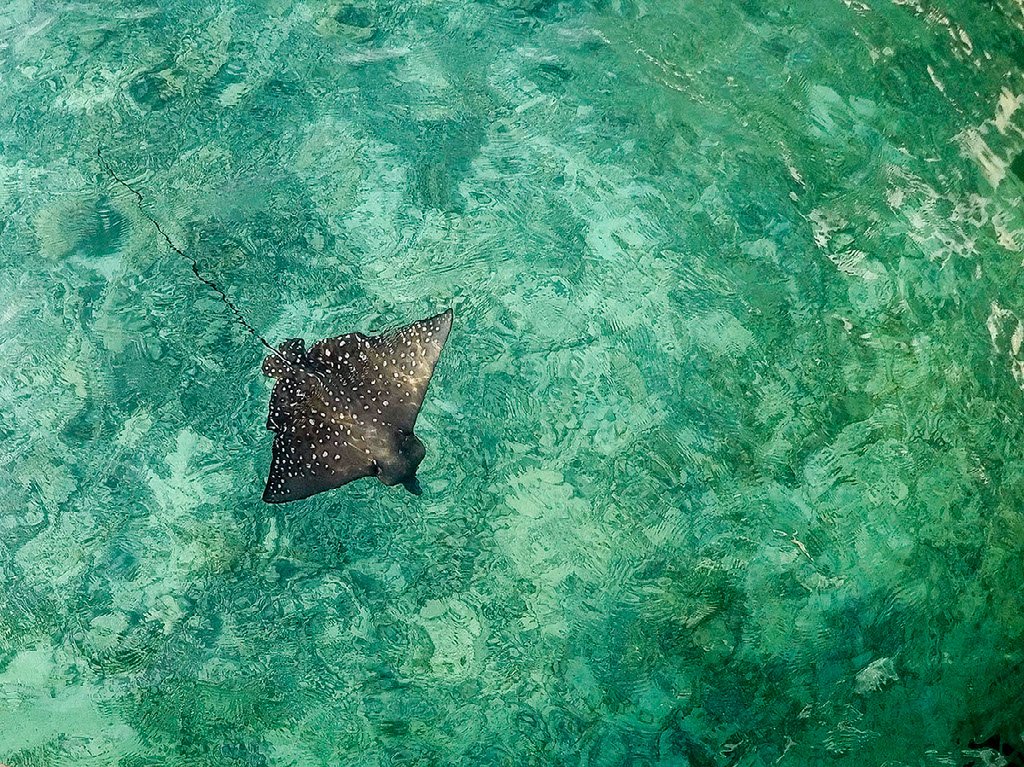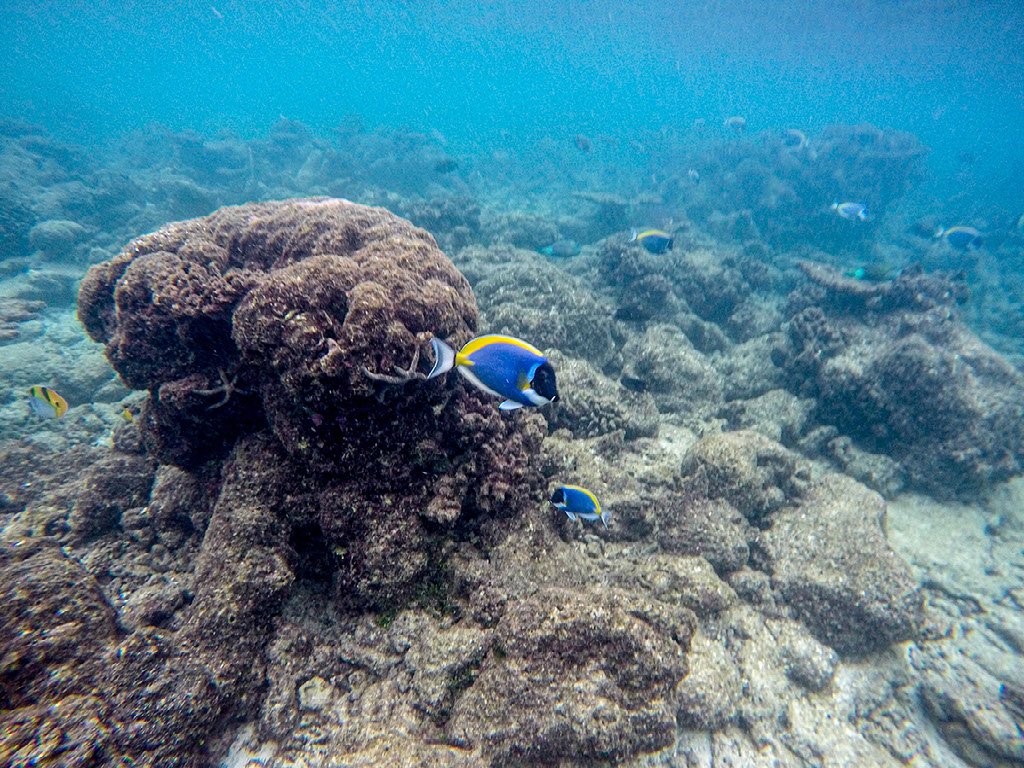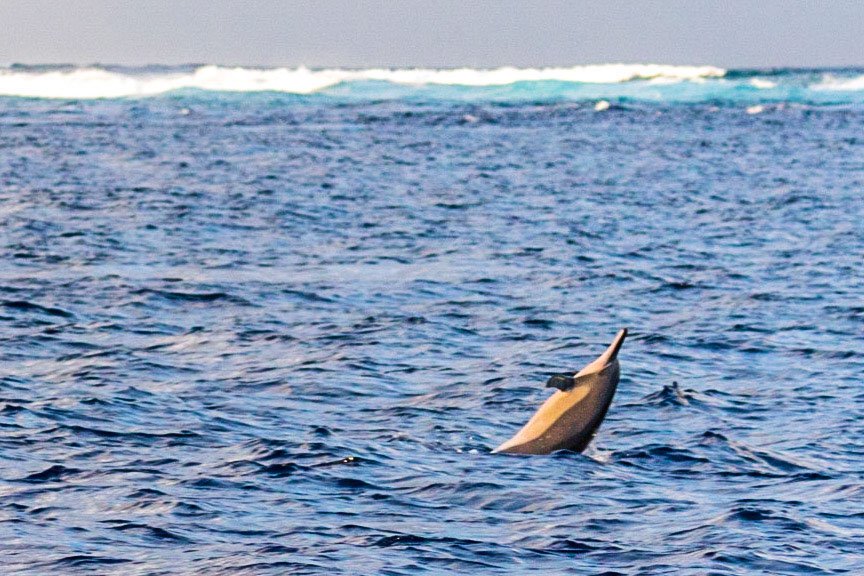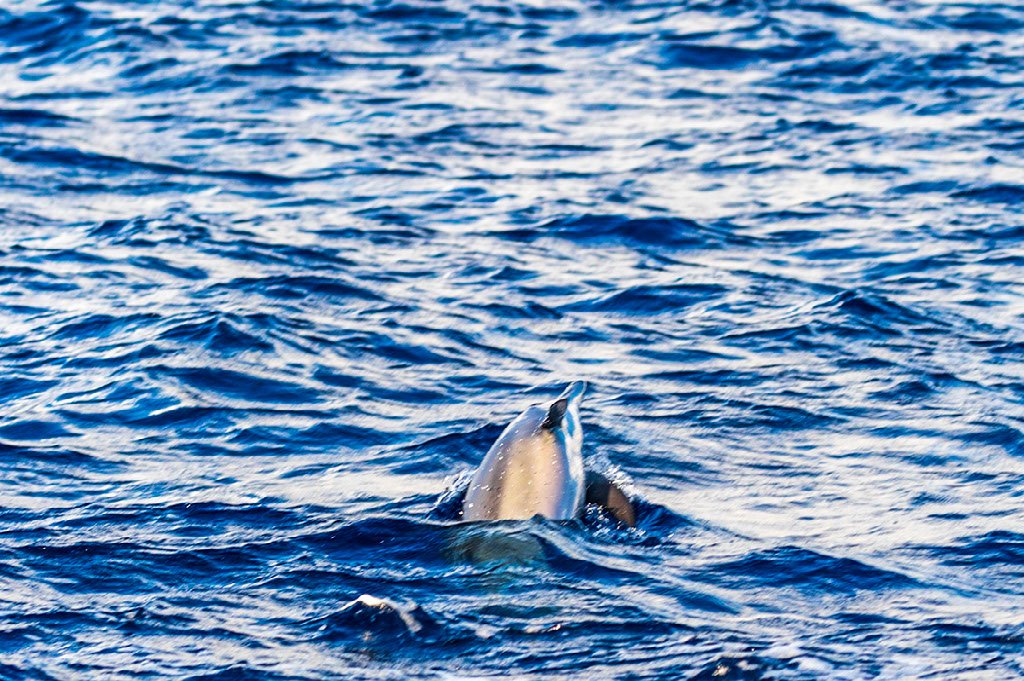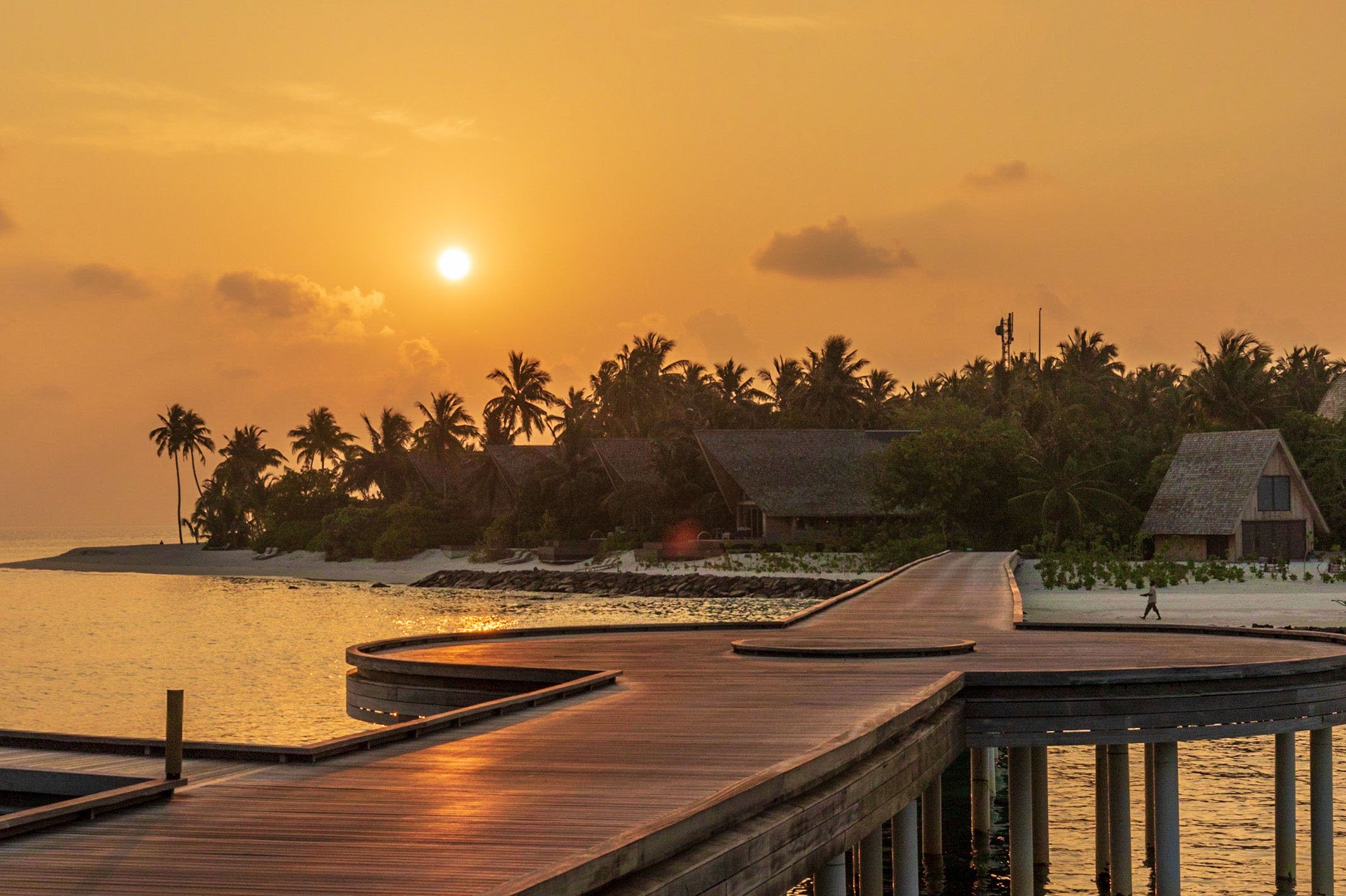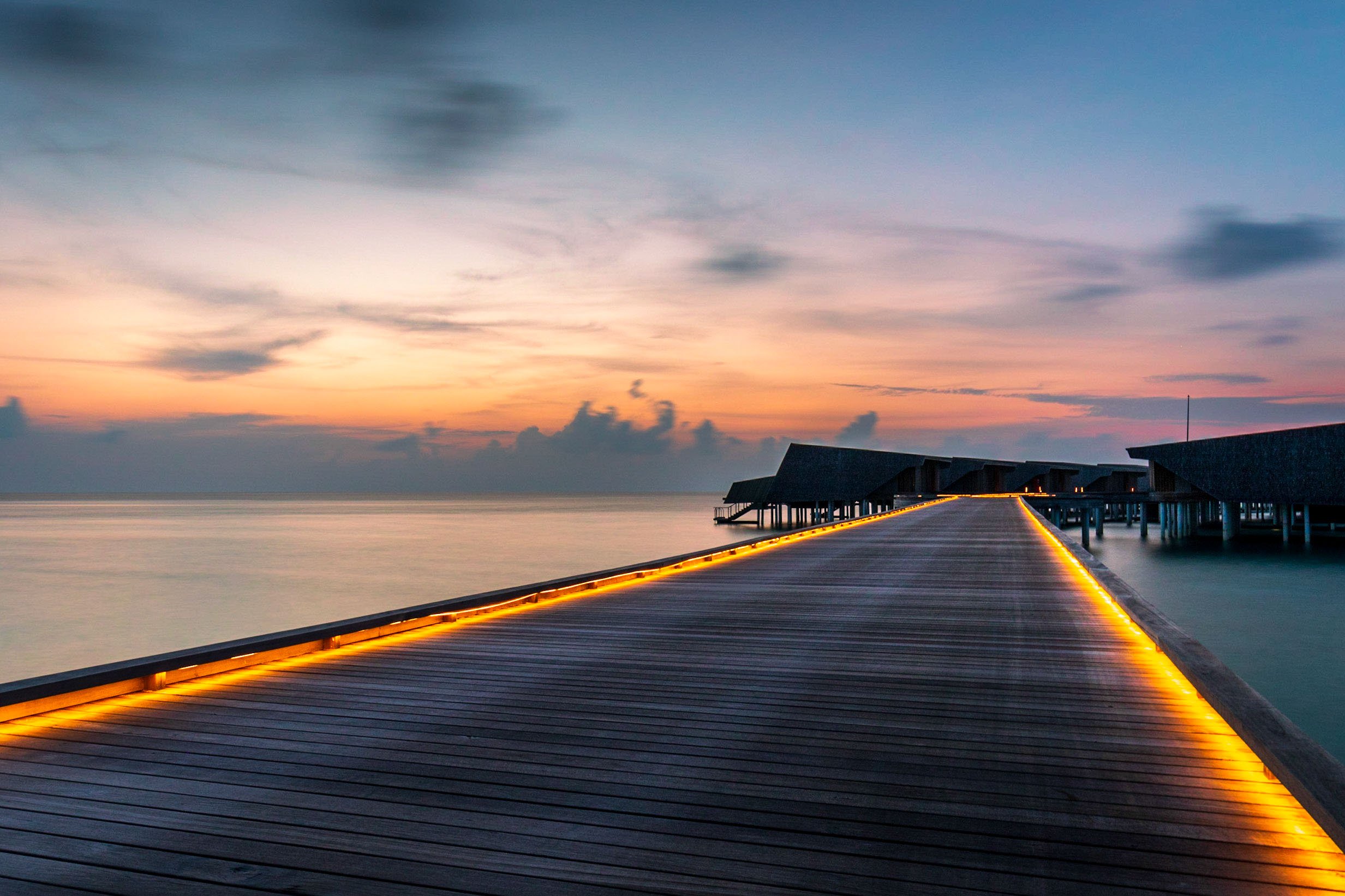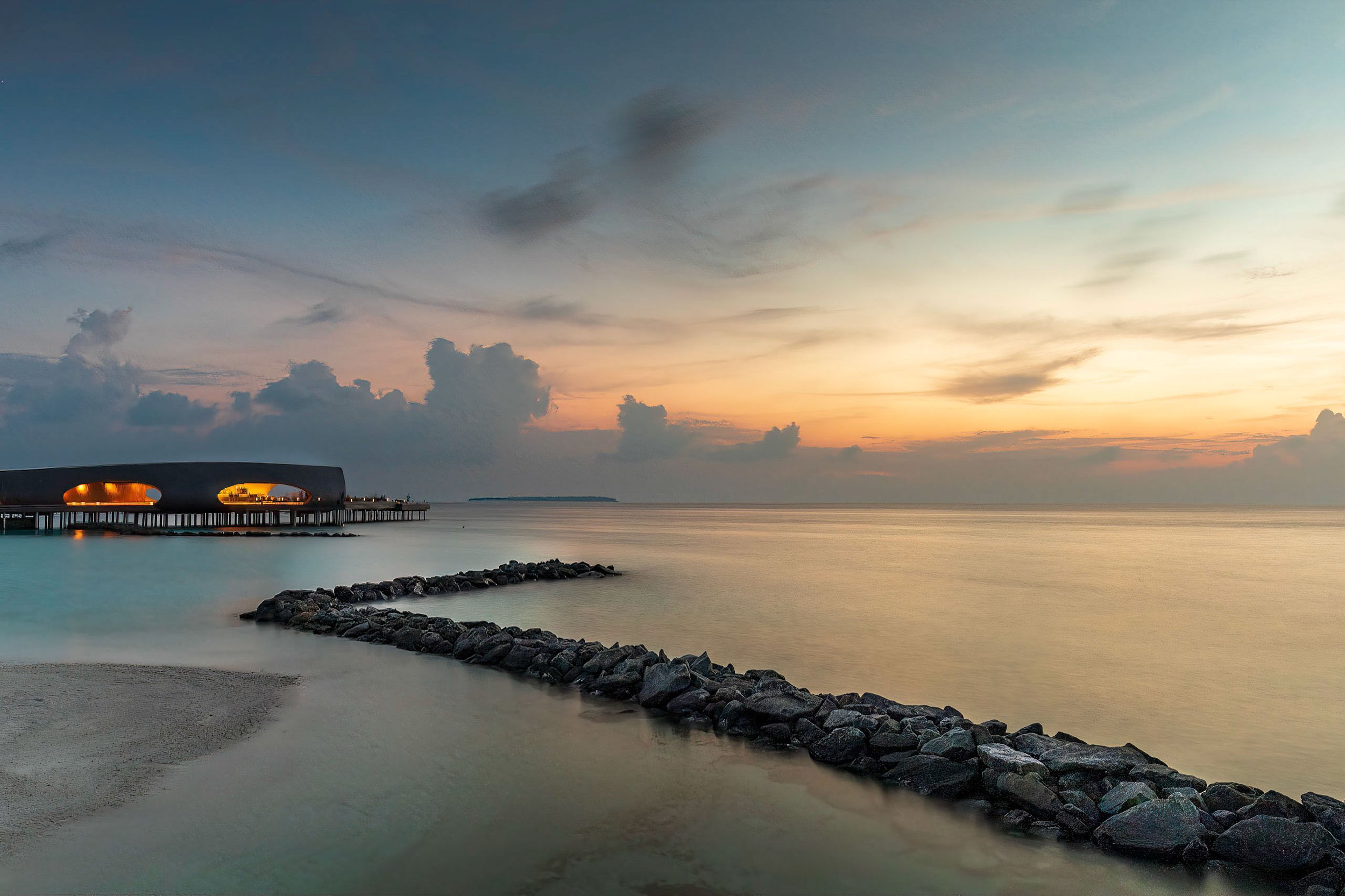My Photography & Travel Guide to The Maldives
For most people, the Maldives is a "Bucket List" destination. If you want to relax on incredible beaches that look like one of those desktop screenshots that you constantly look at on your computer, then you have found the place to visit. The Maldives is a place meant for slowing down and just enjoying life. So your days on the islands will be spent on the beach, swimming and relaxing!! It does not get much better than that, right?
“Let the waves hit your feet, and the sand is your seat.”
The Maldives is made up of more than 1,000 islands that sit in atolls and are surrounded by some of the best beaches in the world. The Indian Ocean's white sandy beaches have waters that are an incredible combination of blue and green colors. It's heaven on earth!!
The Beach In Front of Our Villa at the Park Hyatt
What most people do not realize is that the islands stretch more than 800 miles. So this is important to realize before booking your hotel accommodation as some hotels are much harder to reach than others.
The View from Our Cottage
The Maldives is definitely a place made for relaxation. But you can also snorkel, scuba-dive, swim, take marine tours to see dolphins, and witness some truly unforgettable sunsets.
I’ve visited the Maldives multiple times, and it never gets old. The clarity of the water, the endless sky, the gentle rhythm of island life—it’s a photographer's dream. Whether you're capturing vibrant reef life underwater, sunset silhouettes on a sandbank, or the geometry of overwater bungalows from a drone, there is always something visually stunning to shoot. And what makes the Maldives extra special is that it works just as well for smartphone photography as it does for DSLRs.
In this Photography Guide to the Maldives, I’ll walk you through the best photo spots, share visual tips for both smartphone and pro shooters, and help you decide where to stay, what to pack, and how to move around the islands. Whether you're planning your first trip or your fifth, this guide will help you come home with images that capture the essence of this tropical paradise.
One recommendation I have is to try to stay on more than one island if possible. Each island is unique, and moving around helps you relive the excitement of discovering somewhere new in the Maldives. I can’t recommend it enough.
How to Get There?
Getting to the Maldives is part of the adventure. Most people will fly to Dubai, Abu Dhabi, or Singapore and then take a short flight to Malé, the capital of the Maldives. You will need to plan how to get to your specific resort, usually through your hotel, prior to leaving.
You’ll likely arrive via Malé and take a seaplane or speedboat to your resort. Walking and biking are common on resort islands, and many offer golf carts for guests.
Getting to your hotel is half the fun and involves either hopping onto a speed boat from the airport or flying to one of the further islands in the atolls on a seaplane. Either way, you'll have plenty of time to sit back and enjoy those views. It is the appetizer or amuse-bouche for your vacation.
Usually, your hotel will contact you to arrange your transfer to the hotel prior to departure. This is something that has to be reserved in advance. Don’t leave this till the last minute.
If you’re moving between islands, let the hotels know where you’ll be arriving from and leaving. You won’t have much control over the time if you’re flying in between islands as the flights are scheduled.
WHERE TO STAY
When it comes to the Maldives, where you stay becomes part of your photography experience. Most visitors choose one resort island, and the light, landscape, and activities will shape your shots.
Each hotel is situated on its own island, and each one has unique features and distinct personalities. They are not all the same, despite what the water villa and snorkeling photos might lead you to believe. If you enjoy scuba diving, for example, ensure the hotel you’ve chosen offers scuba diving options.
St Regis Maldives
Peak season in the Maldives is from December to April. Of course, the prices during this period will reflect this! While the weather is amazing during peak season Maldivian weather is pretty good all year round.
The Park Hyatt
We stayed in 2 hotels on our most recent trip to the Maldives. We started our trip at the Park Hyatt in Hadahaa, which is at the southernmost tip of the country and ended at the St Regis Vommuli. Both of these hotels, like most hotels in the Maldives, are incredible.
Park Hyatt Maldives in Hadahaa
The Park Hyatt Maldives is a hotel which has been on my radar for years. It’s a bit of an adventure getting to the Park Hyatt. But well worth it!! Getting to the hotel involves a commercial flight on a turboprop aircraft from Malé, a buggy ride, and then a 30-minute boat transfer.
The Park Hyatt is 20 Minutes from the Equator by Boat
Once we landed, we were met at the international arrivals area of Malé airport by a Park Hyatt representative who took our bags and walked us across the covered walkway to the domestic terminal next door. From there, we flew on a Dash-8 plane for about 1 hour and landed at a small airport in Kooddoo. Another Hyatt representative was waiting for us at arrivals. He helped us with luggage, and we hopped in his golf cart for a short ride to the speedboat. We then took a speedboat about 35 minutes south to the resort.
The Park Hyatt
The location of the Park Hyatt is stunning and its blue waters are full of sea life. Being so remote makes it very quiet and private. I loved the white sandy beaches, and the snorkeling was simply incredible.
After staying 5 nights at the Park Hyatt, we traveled to our second hotel - the Saint Regis Vommuli, which is located much closer to Malé.
The Saint Regis Maldives
The St. Regis Maldives is one of the most picturesque hotels in the world. The Points Guy has a wonderful review. During our stay, we were lucky enough to meet the Architect Wong Chiuman, who designed the hotel. I loved listening to him explain and talk about his design. It is truly a masterpiece.
To get to the Saint Regis, once you land in Male, or in our case, land back in Malé, you will take a seaplane to the resort. You'll be greeted by a St. Regis butler as you exit customs and taken to an air-conditioned car to the seaplane terminal on the other side of the airport. The entire experience of getting to the hotel was just wonderful.
The St. Regis has a lounge in the Male Airport, for you to wait for the seaplane with a seating area and some complimentary snacks. They will also check you into the hotel while you wait. Our butler even recorded a welcome video, which we watched in the lounge. He also realized we would be celebrating my wife's birthday during our stay, so before landing, they had prepared our room with decorations to help celebrate. What an incredible, thoughtful touch!
WHAT TO SEE AND DO
The Maldives is a perfect destination for relaxation. It is not a place to go to with long to-do lists. Your days will be spent on the beach or poolside, reading and drinking Pina coladas. If you decide you want to do something more active, I encourage you to try snorkeling or scuba diving.
We took a guided tour with a marine biologist to see dolphins, which was simply incredible. We went out for about two hours, and at first, we didn’t see anything. However, on the way back to the hotel, we saw dozens of dolphins swimming around our boat. I would also definitely try to book a romantic dinner on the beach.
Best Time to Visit
November to April is the dry season, with calm seas and clear skies. This is ideal for sunrise and sunset photography, aerial shots, and underwater clarity.
May to October brings more dramatic skies, scattered rain, and rich, moody light. It’s perfect for capturing texture and drama.
My favorite time? Late March to early April. The weather is stable, the light is buttery, and the water is like glass.
Dry season: Think star trails, drone shots, snorkeling clarity.
Wet season: Great for reflections, stormy skies, black-and-white mood shots.
Photography Gear
In terms of photography gear, I would keep it very simple. I would bring 1 body with a wide-angle lens, i.e., 15-35 or 24-105mm. I would also bring your ND filters for some long-exposure photos and a tripod or a Platypod. If you like to swim, I would also bring a camera that you could use to take underwater photos of marine life. I had a GoPro Version, so I am sure the quality of the images has greatly improved.
If you decide that you want to photograph the Dolphins, then I would recommend bringing a longer lens like a 100-400mm. They are really hard to photograph since you have no idea when they will jump out of the water.
Final Thoughts
If this guide helped you plan your Maldives photo trip—whether you shoot with an iPhone or a full kit—I’d love it if you shared it or tagged me in your shots. The Maldives is one of those rare places where everything feels timeless, and the light seems to linger just a little longer. Whether you're capturing a reef shark gliding through a lagoon or the curve of a hammock shadow on white sand, it’s a place that rewards those who pay attention.
You can follow along and share your photos with me on Instagram or Facebook, and sign up for my newsletter to get fresh photo guides, stories from the field, and tips in your inbox.
If you're curious about joining one of my photography workshops—whether in the Maldives or somewhere else beautiful—click here to learn more and be the first to know when new ones launch.

